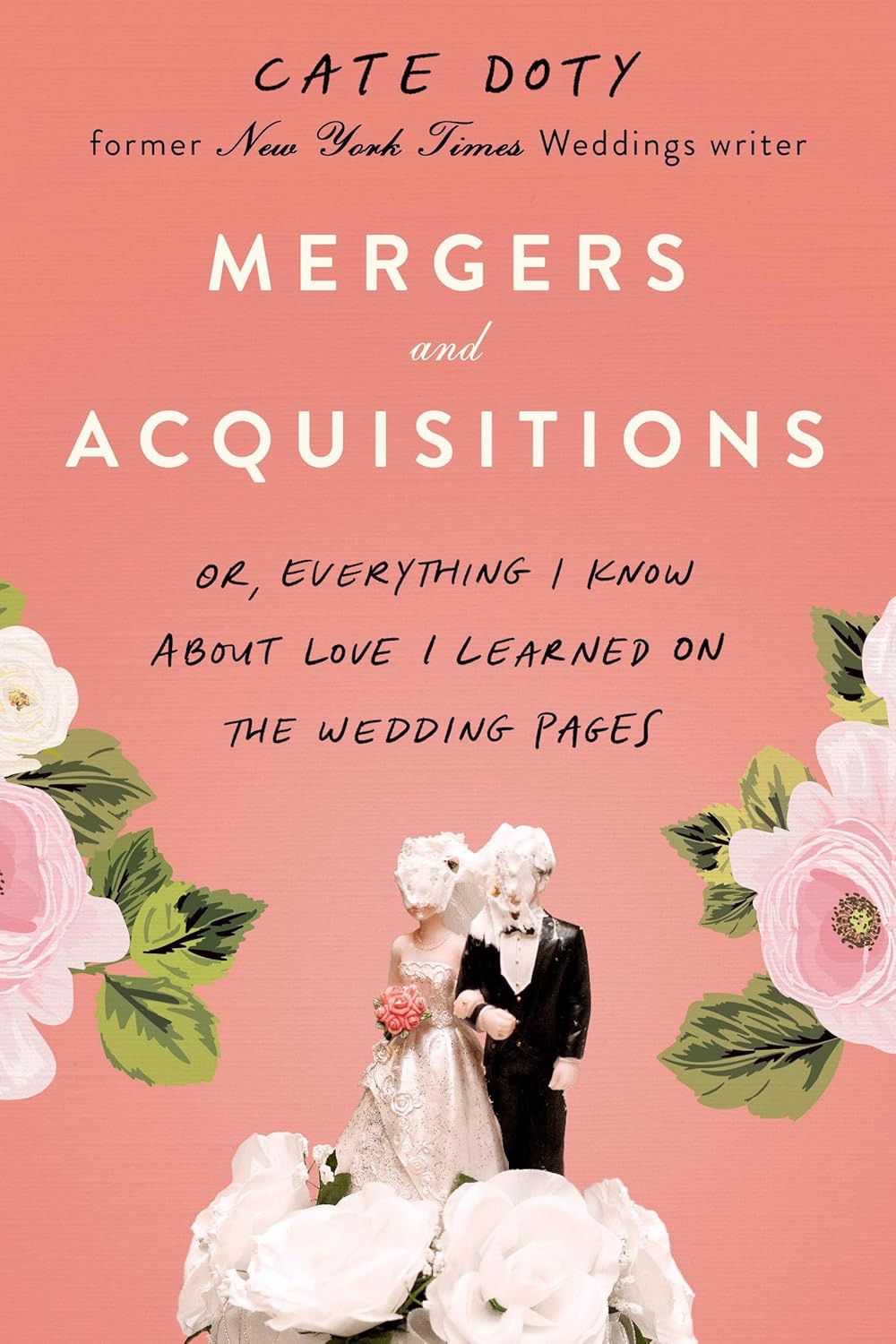The first piece of content that can be identified as a wedding announcement appeared in the New-York Daily Times on September 18, 1851. “In Trinity Church, Fredonia, on the 15th, inst., by Rev. T.P. Tyler, JOHN M. GRANT, Esq., of Jamestown, to SARAH, daughter of Hon. JAMES MULLETT of Fredonia.” In that same edition, the governor of Pennsylvania empowered his fellow citizens to help capture enslaved Black people who had crossed the border into Maryland and who had, in the course of protecting dozens of other fugitives who had holed up in a barn, shot and killed two of the enslavers in pursuit, who went by the name of Gorsuch. The paper also declared that George P. Putnam would soon be publishing The Book of Home Beauty by Mrs. Kirkland, complete with “twelve elegantly engraved Female Portraits,” and that “A Bloomer Costume,” otherwise known as a woman wearing pants, had made an appearance on 6th Avenue two days before, but had been faced by a group of self-described Conservatives, who had manifested their hostility toward such a progressive movement. This was where Sarah Mullett and John M. Grant, Esq., pledged their troth: a young America with the manners of a preschooler and the morals of a pawn broker, where enslaved people faced charges of treason for just trying to get free, and where anyone who was not a white man faced diminution and disregard.
By 1865, as many as twenty couples an issue submitted their matrimonial announcements to the Times, which, as with the notice for the Grants, gave only the barest of details. These were the plebeians, however—those who did not live on Washington Square. For at least 25 years, newspapers had already been in the practice of reporting and writing about society and royal weddings, the details of which set trends for years and decades to come. Take, for example, Queen Victoria’s 1840 wedding to Prince Albert of Saxe-Coburg and Gotha. British newspapers breathlessly reported the details of her sumptuous wedding, including a three-hundred-pound wedding cake, and more important, her cream satin dress embellished with Honiton lace and orange blossoms. Before then, most women chose colored wedding dresses, and those who wore white at all were known to have the money and wherewithal to keep their white clothing clean. Through the power and reach of the press, Victoria changed all that, influencing women across the decades and centuries to choose white or cream for their wedding dress, and it had nothing to do with bridal purity.
